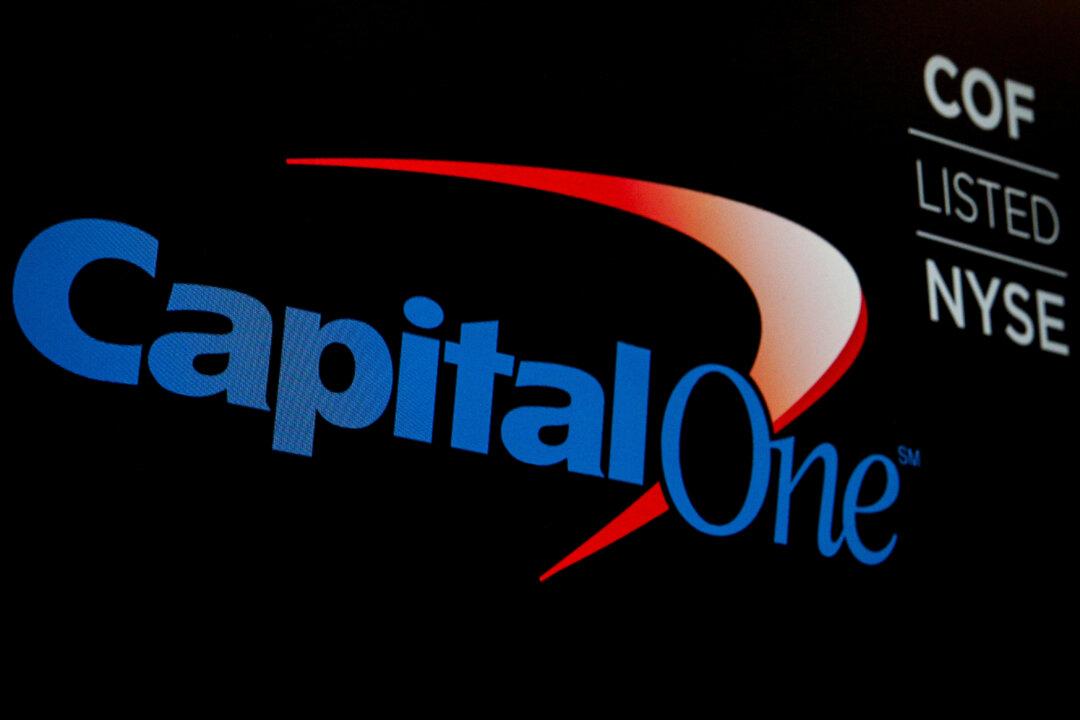The head of OPEC warned that underinvestment in oil is a “dangerous” threat to energy security and dismissed the idea that renewables alone will be able to meet the future energy demand.
Mr. Ghais called underinvestment as one of the key factors that could push oil to $100 per barrel. Brent crude oil was trading at around $91 per barrel as of 04:40 p.m. EDT, up from around $71 in late June.
“We are talking about a global population, within the next six, seven years, by 2030, we’ll have over half a billion people moving into cities globally. There is no way on earth that we can meet this requirement for future energy demand by relying on renewables alone.”
He also criticized the International Energy Agency (IEA) for claiming that within the next six to seven years, “demand for oil could drop by as much as 25 or 30 percent.”
“Let me answer it this way by saying that 30 years ago, fossil fuels consumption was 80 percent globally. Thirty years on today, it’s still 80 or over 80 percent,” Mr. Ghais said.
“So, to come and project that in five or six years, with all the challenges that are facing the introduction of electric vehicles, penetration of EVs globally, availability of critical minerals globally, and the geopolitical, the supply chain logistical issues, the sheer size and volume of electrification required globally to be able to move to an electric world—it’s a monumental challenge.
Underinvestment in oil is something that “keep[s] me awake at night,” he said. “I say, if we worry about volatility today, I don’t know what it’s going to be like in the future.”
Moreover, with maturing oil fields, “you need more investment,” he said, referencing the fact that costs of drilling keep rising as oilfields mature and become depleted.
The average decline rate of an oil field is around 6 percent, meaning that in an oil production system that is meant to output 100 million barrels yearly, “you need 6 million barrels just to offset decline.”
ESG Policies Puts Pressure on Oil and Gas
Mr. Nasser also blames the proliferation of environmental, social, and governance (ESG) policies for the underinvestment in the oil industry.In remarks delivered during the Saudi Capital Markets Forum 2023 in February, Mr. Nasser said that ESG is “clearly a rising trend” in the capital markets. Though he feels ESG is a move in the “right direction,” Mr. Nasser expressed worries about these policies targeting the oil sector.
“If ESG-driven policies are implemented with an automatic bias against any and all conventional energy projects, the resulting underinvestment will have serious implications; for the global economy, for energy affordability, and for energy security,” he said.
“Unfortunately, that is exactly what is already happening. The cost of capital for oil and gas projects has risen due to a higher perceived risk, and capital scarcity is a common phenomenon, driven by ESG.”
Banks involved in the pledge include Bank of America, Citibank, Goldman Sachs, JPMorgan Chase, Morgan Stanley, and Wells Fargo.
In addition, an investor-led initiative called Climate Action 100+ has received support from 700 investment companies representing $68 trillion in global assets. Its aim is to ensure that “the world’s largest greenhouse gas emitters take necessary action on climate change.”
“There’s probably a third as many banks today that are willing to provide revolvers and ABLFs to [oil and gas] service companies compared to what there would have been six years ago,” he said.
“There are investors, there are endowments, there are limited partnerships, some of which have historically invested in energy, that today have a mandate that they cannot make investments in fossil fuel industries.”
Since coming to power in 2021, President Joe Biden has enacted several steps to promote renewable energy and suppress fossil fuels. This includes restricting oil and gas leases, rejoining the Paris Climate Agreement, and pushing for the expansion of electric cars.







